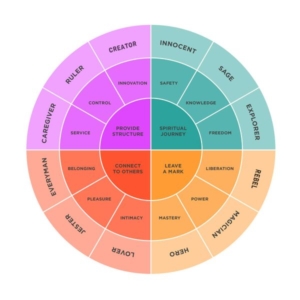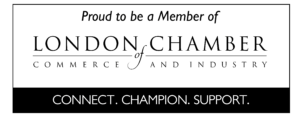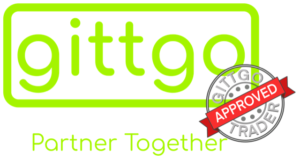Carl Jung’s Archetypes and how they relate to brands
The famous psychologist Carl Jung (pronounced: “young”) theorized that humans use symbolism to comprehend complex concepts. Jung stated: “There are forms or images of a collective nature which occur practically all over the earth as constituents of myths and at the same time, as individual products of unconscious.”
These archetypes can be applied to our understanding of branding. Brand archetypes reflect the personality of brands and serve to better align the brand with that brand’s ideal Customer Personas. Brand archetypes are particularly effective as an orienting tool for brand managers.
1. The Innocent: Exhibits happiness, goodness, optimism, safety, romance, and youth. Example brands include: Coca-Cola, Nintendo Wii, Dove
2. The Everyman: Seeks connections and belonging; is recognized as supportive, faithful and down-to-earth. Example brands include: IKEA, Home Depot, eBay
3. The Hero: On a mission to make the world a better place, the Hero is courageous, bold, inspirational. Example brands include: Nike, BMW, Duracell
4. The Rebel: Questions authority and breaks the rules; the Rebel craves rebellion and revolution. Example brands include: Virgin, Harley-Davidson, Diesel (jeans)
5. The Explorer: Finds inspiration in travel, risk, discovery, and the thrill of new experiences. Example brands include: Jeep, Red Bull, REI
6. The Creator: Imaginative, inventive and driven to build things of enduring meaning and value. Example brands include: Lego, Crayola, Adobe
7. The Ruler: Creates order from the chaos, the Ruler is typically controlling and stern, yet responsible and organized. Example brands include: Mercedes-Benz, Microsoft, British Airways
8. The Magician: Wishes to create something special and make dreams a reality, the Magician is seen as visionary and spiritual. Example brands include: Apple, Disney, Absolut
9. The Lover: Creates intimate moments, inspires love, passion, romance and commitment. Example brands include: Victoria’s Secret, Chanel, Haagen Dazs
10. The Caregiver: Protects and cares for others, is compassionate, nurturing and generous. Example brands include: Johnson & Johnson, Campbell’s Soup, UNICEF
11. The Jester: Brings joy to the world through humour, fun, irreverence and often likes to make some mischief. Example brands include: Old Spice, Ben & Jerry’s, M&Ms
12. The Sage: Committed to helping the world gain deeper insight and wisdom, the Sage serves as the thoughtful mentor or advisor. Example brands include: Google, PBS, Philips
When a brand knows its archetype it is much easier to adopt the correct tone of voice and to ‘talk’ to its audience in the most appropriate way.
Of course, you may think your brand could be a mixture of these twelve but it’s always best to try to narrow it down to one. Research has shown that a brand with a clearly defined archetype that consistently communicates from that position, see increased audience engagement and increased revenue.







